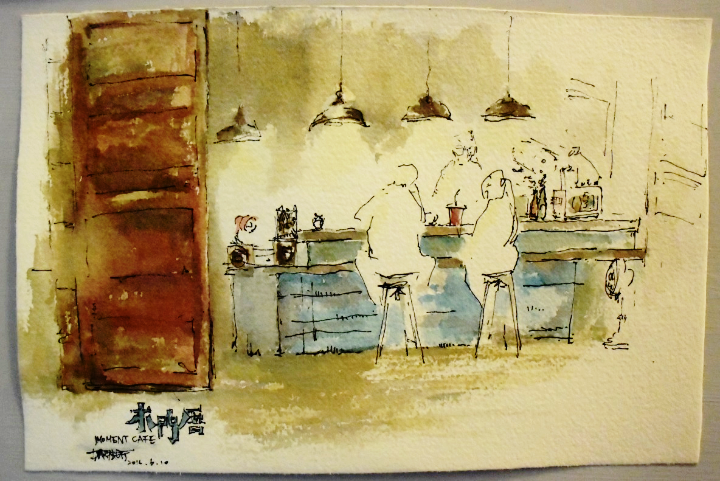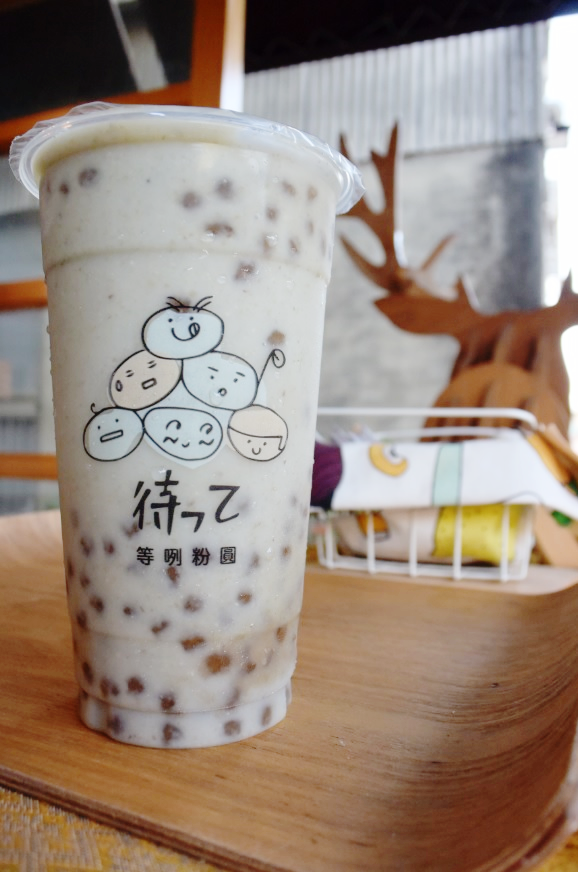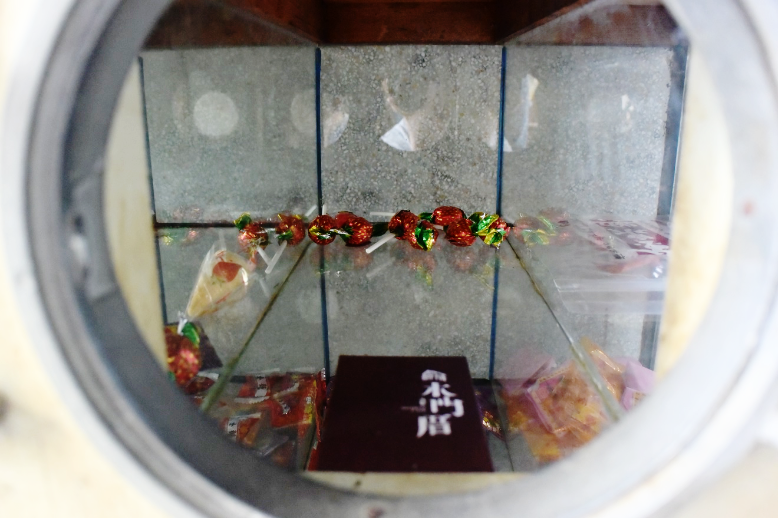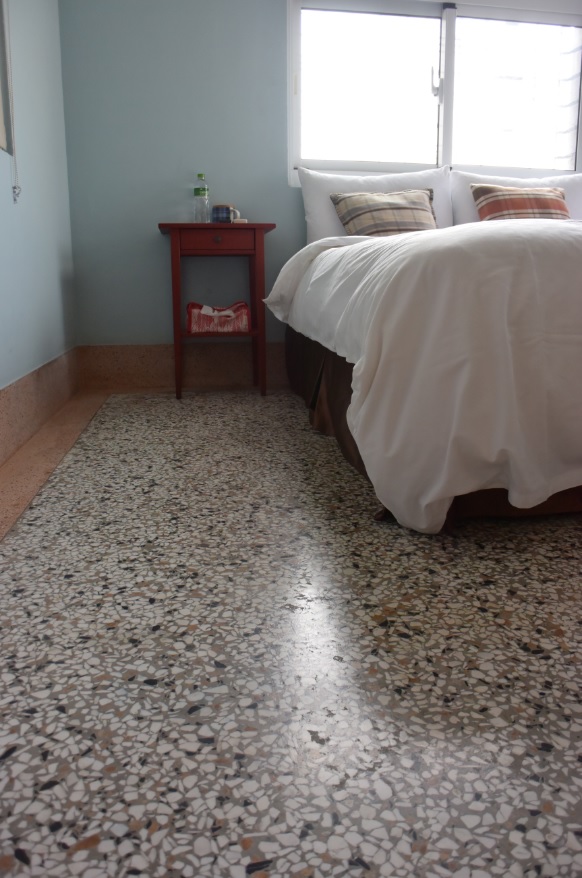When Time Stops for a Moment: Moment Cafe
by Qian Leung
@ 24 Aug 2018

In the district named An Ping (‘Peace’) in Tainan, there stands a 60-year-old house named
Mu Men Cuo, which means ‘house of wooden doors’. “Originally, across the road from this house, was a cinema called An Li (‘peaceful & lovely’),” says Kao Kuoyuan, 42, who restored the two-storey structure. “We managed to salvage the wooden door from the cinema when it was demolished, and re-purposed it for the bar counter in the café.” The café, which occupies the shopfront, is named
Moment Café.
Today, it offers drinks such as pineapple ice blend, chilled green bean soup, and milk tea with pearls, but there was a time when it sold snacks for cinema-goers. “Once, a gentleman in his forties asked for a chrysanthemum tea,” says Kao, eyes jovial at the memory. “He explained that when he was small, this was where he had chrysanthemum tea.”
A cabinet with many fist-sized openings used to display candies. Kids made their choice from the glass compartments, while the shopkeeper retrieved the candies from the back. A first-generation coffee warmer takes up a corner of the bar counter, provoking envy from coffee connoisseurs. “My coffee supplier wanted to bring it home,” laughs Kao. “Apparently, it’s an antique.”
Underfoot, the cooling touch of terrazzo brings respite from the summer heat. Made by tossing large marble chips over a fine marble chip mixture, usually of a contrasting colour, and polished till smooth, terrazzo had its peak in popularity in Tainan from the 60s to the 80s. In the years after, the availability of cheaper materials turned younger builders away from the labour-intensive technique. Today, the sight of coloured stones set amidst thin copper strips brings one back to childhood, of grandma’s house and a bygone time.
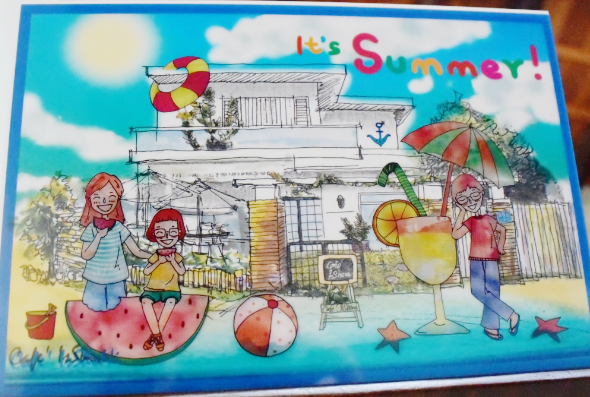
Holding out replicas of two terracotta tiles taken from the roof, Kao explains the An Ping tradition of making a yin yang contract for a new house. “The owners would visit the temple of the god of the netherworld, and say, ‘This is where we live. Please have the ‘good brothers’ pass over us.’” Their next stop would be the temple of the goddess of mercy. The tiles, now inscribed with the contract, are then brought home and set on the ancestor altar. At the back of the house, you’ll find a wash basin made of coarse terrazzo, and a water jar, the original purpose of which was a sound box for the cinema in the days before electronic amplifiers.
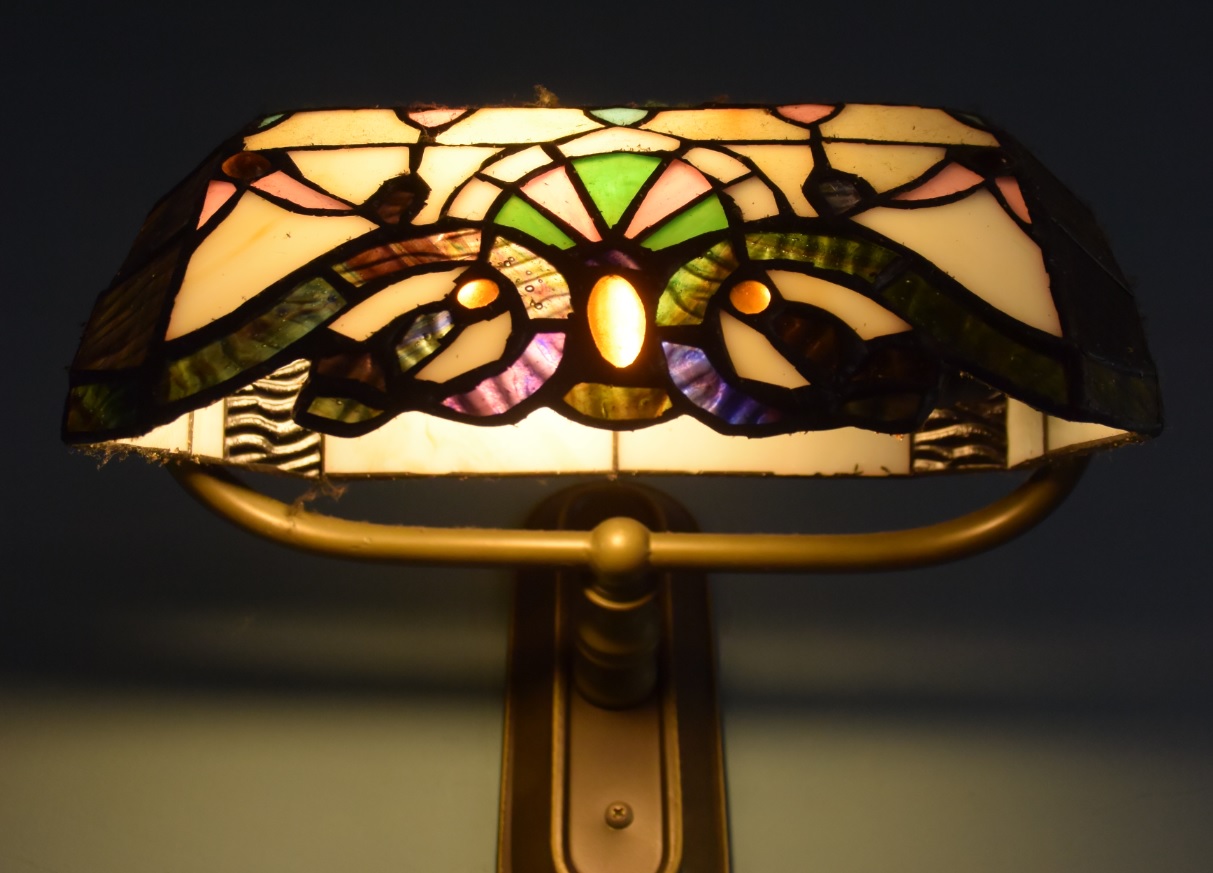
On the second storey, a small living room, which is rimmed with a balcony on two sides, leads you to the doors of the three bedrooms. The one in the centre is joined to the one facing the main street by a secret passageway, and named ‘where time flows slowly’. The wardrobe, crafted from camphor wood 60 years ago, retains a rosemary-like scent. Overhead are the exposed wooden planks and rafters, which provide support to the red terracotta roof. “It’s a pity,” says Kao, eyes out of the window. “That 100-year-old house originally had a hand-tiled white terracotta roof.” The roof had fallen apart.
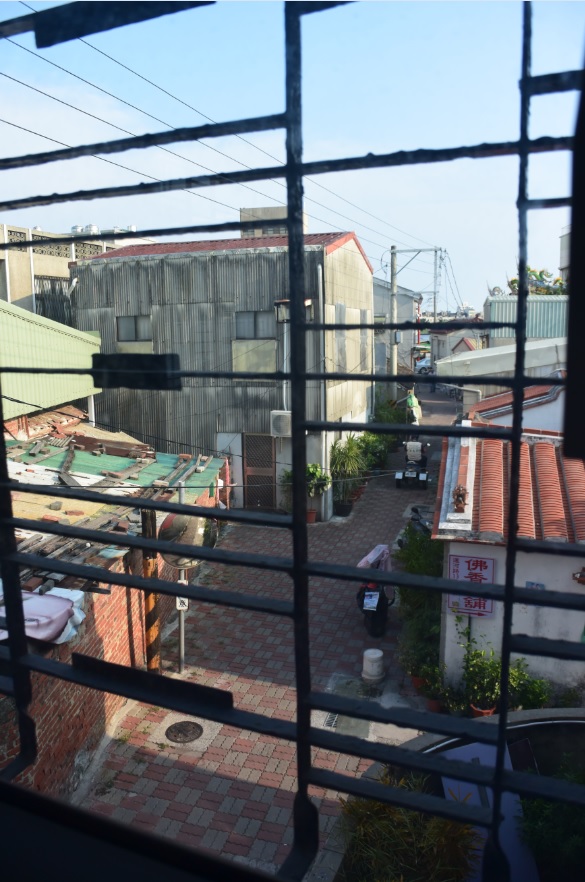
Turning around, we encounter the doors to the passage way close-up. They are in fact wooden frames fitted with vintage embossed glass of diamonds, plum blossoms, and crosses. Belonging to the 60s, glass of this sort was embossed with a roller engraved with flowers such as begonia to resemble silver clouds and waterfalls. The uneven surface softens light, reducing glare, but the thinness (3mm) means that they shatter easily. The dimensions are also limited, and therefore, when stronger materials became available, their production ceased.
The room at the back is named ‘restful maple’, and overlooks a picturesque view by the bay window. The cosy nook is where Kao likes to curl up with a good book. The room is connected to the bathroom on the ground floor by flight of steps, with a gold framed mirror set over a vintage sewing machine base, taken from Kao’s grandma’s house.
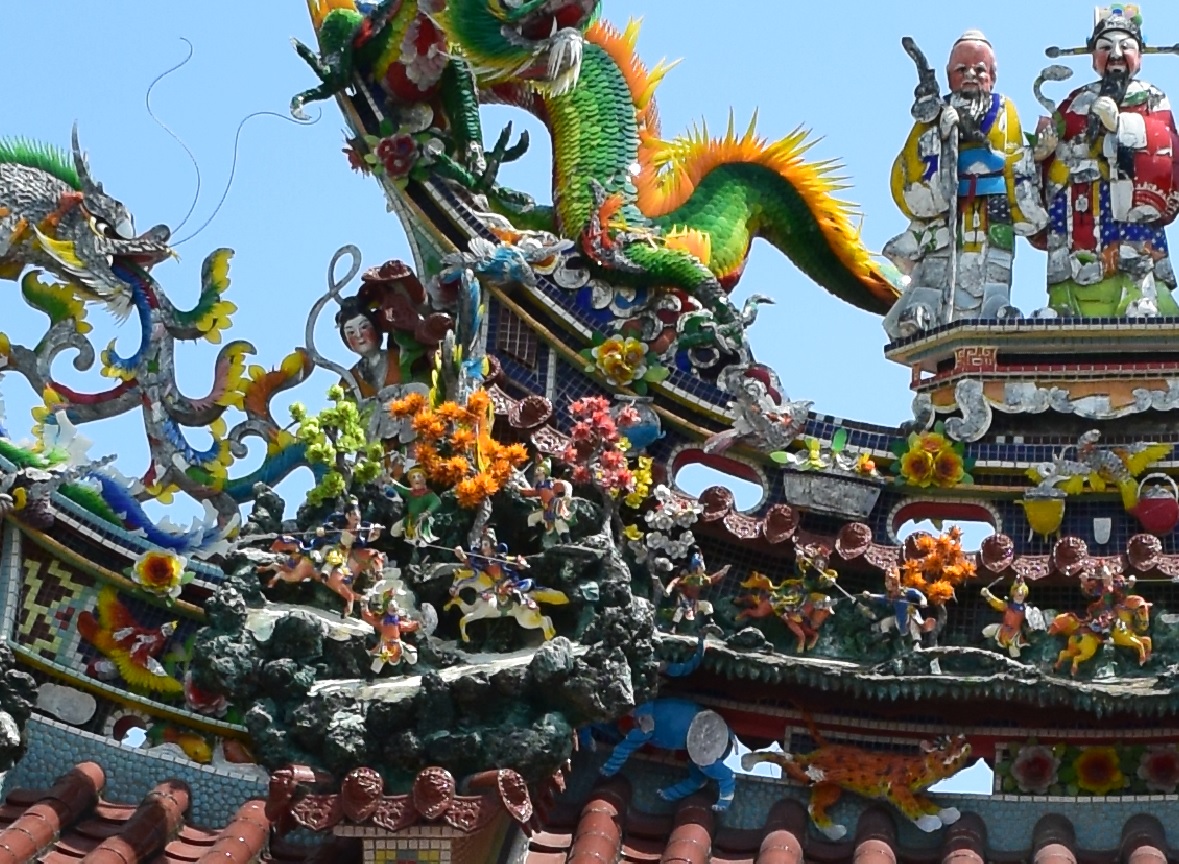
Back in the living room and out into the balcony, if your eyes are sharp, you may be able to spot a sword-biting lion. There are more than 40 of these mascots found in alleyways. “In the olden days, each family had one sitting above the main doorway.” There might be two of them, one to ward against evil, and the other two receive blessings. “Nowadays, we’re more greedy, so the lion might bite two swords at one go,” he quips. Since these terracotta figurines dated from the Ming dynastry (1300s – 1600s), they are considered valuable, and often the target of thefts. Today, a new generation of artisans has been tasked with creating new sword-biting lions, dreaming up new interpretations while keeping the technique traditional.

On the clock on the wall which has stopped working, Kao jokes, “We decided to just let time stop and stay in that bygone era forever.” If you’re feeling burned out by the endless demands placed on you, or swept up by the relentless pace of city life, consider coming to Moment Café, where you can stop for a moment, have a drink, a look around, and your spirit restored, before going on your way.
33, Lane 13, Yunhe Road, Anping District, Tainan City, Taiwan 708
Tel: (886) 987 608 088
Adapted from the
Jul Aug 18 issue of Cuisine & Wine Asia.
 In the district named An Ping (‘Peace’) in Tainan, there stands a 60-year-old house named Mu Men Cuo, which means ‘house of wooden doors’. “Originally, across the road from this house, was a cinema called An Li (‘peaceful & lovely’),” says Kao Kuoyuan, 42, who restored the two-storey structure. “We managed to salvage the wooden door from the cinema when it was demolished, and re-purposed it for the bar counter in the café.” The café, which occupies the shopfront, is named Moment Café.
In the district named An Ping (‘Peace’) in Tainan, there stands a 60-year-old house named Mu Men Cuo, which means ‘house of wooden doors’. “Originally, across the road from this house, was a cinema called An Li (‘peaceful & lovely’),” says Kao Kuoyuan, 42, who restored the two-storey structure. “We managed to salvage the wooden door from the cinema when it was demolished, and re-purposed it for the bar counter in the café.” The café, which occupies the shopfront, is named Moment Café.